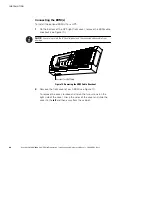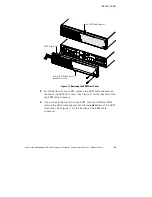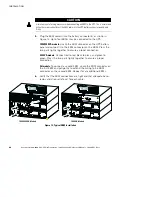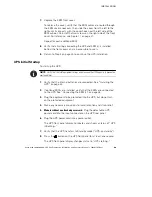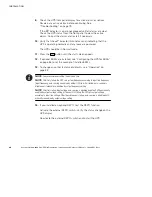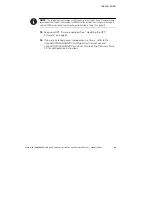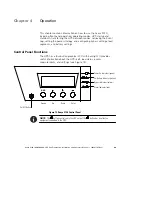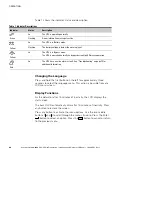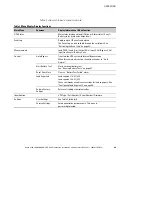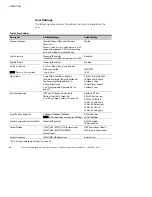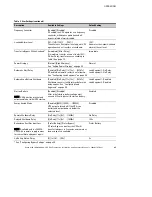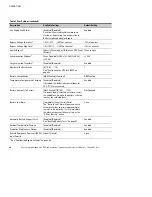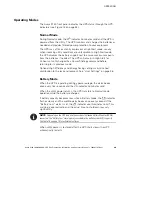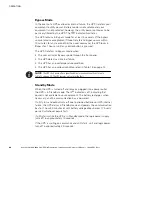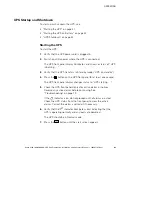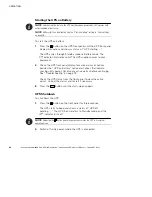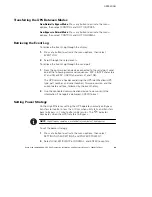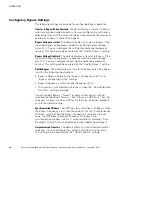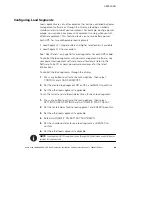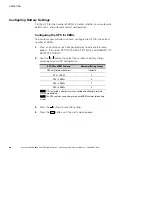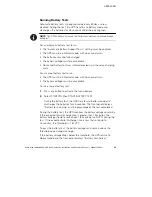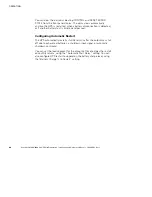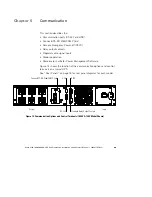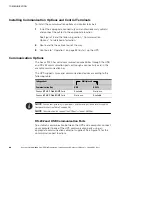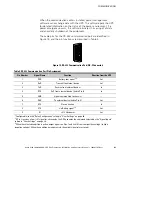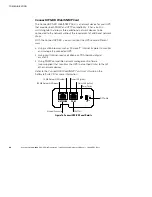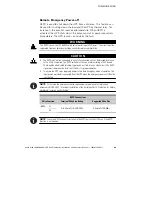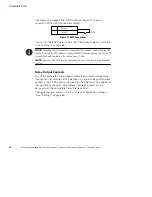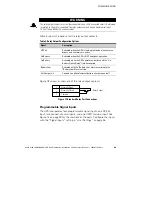
OPERATION
Avaya 9130 1000–3000 VA UPS Site Preparation, Installation and Operator’s Manual
S
164201765 Rev 1
40
Bypass Mode
In the event of a UPS overload or internal failure, the UPS transfers your
equipment to utility power. Battery mode is not available and your
equipment is not protected; however, the utility power continues to be
passively filtered by the UPS. The
indicator illuminates.
The UPS remains in Bypass mode for at least 5 seconds (if the bypass
source remains acceptable). If three transfers to Bypass occur within
10 minutes for any reason other than user command, the UPS locks in
Bypass for 1 hour or until any control button is pressed.
The UPS transfers to Bypass mode when:
S
The user activates Bypass mode through the front panel.
S
The UPS detects an internal failure.
S
The UPS has an overtemperature condition.
S
The UPS has an overload condition listed in Table 15 on page 72.
NOTE
The UPS shuts down after a specified delay for overload conditions listed in
Table 15 on page 72. The UPS remains on to alarm the fault.
Standby Mode
When the UPS is turned off and remains plugged into a power outlet,
the UPS is in Standby mode. The
indicator is off, indicating that
power is not available to your equipment. The battery recharges when
necessary, and the communication bay is powered.
If utility fails and output turns off due to drained batteries or UPS internal
failure, the UPS alarms in Standby mode and powers the communication
bay for 1 hour 30 minutes or until battery voltage drops below 1.75 volts
per cell (whichever occurs first).
If utility fails while the UPS is in Standby mode, the logic power supply
turns off in approximately 10 seconds.
If the UPS is waiting on commands and utility fails, unit and logic power
turn off in approximately 30 seconds.

